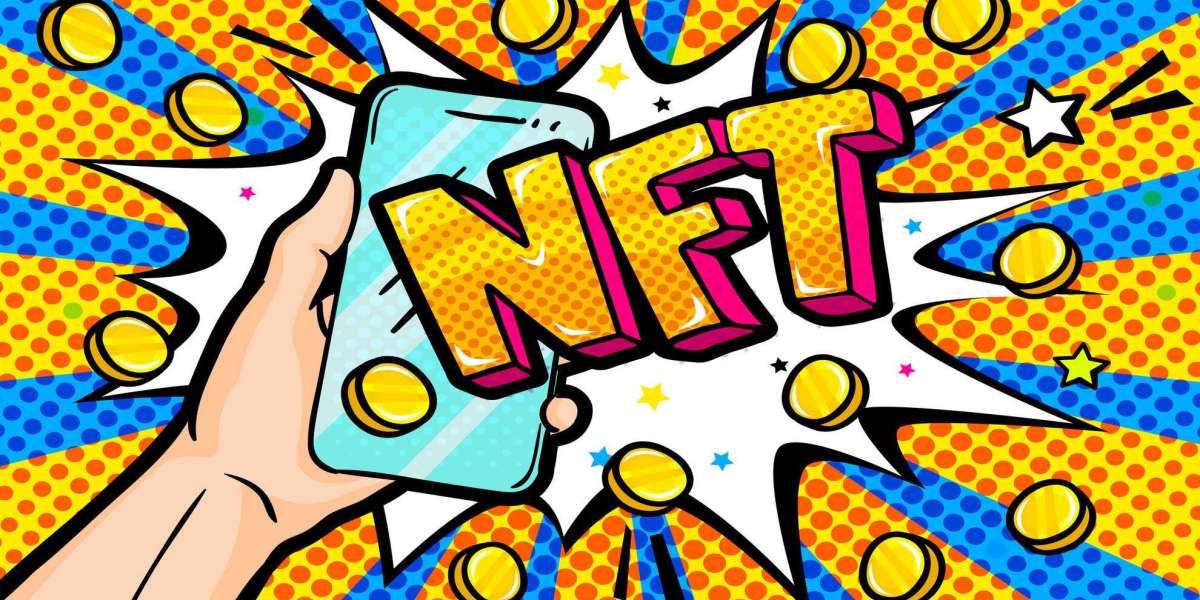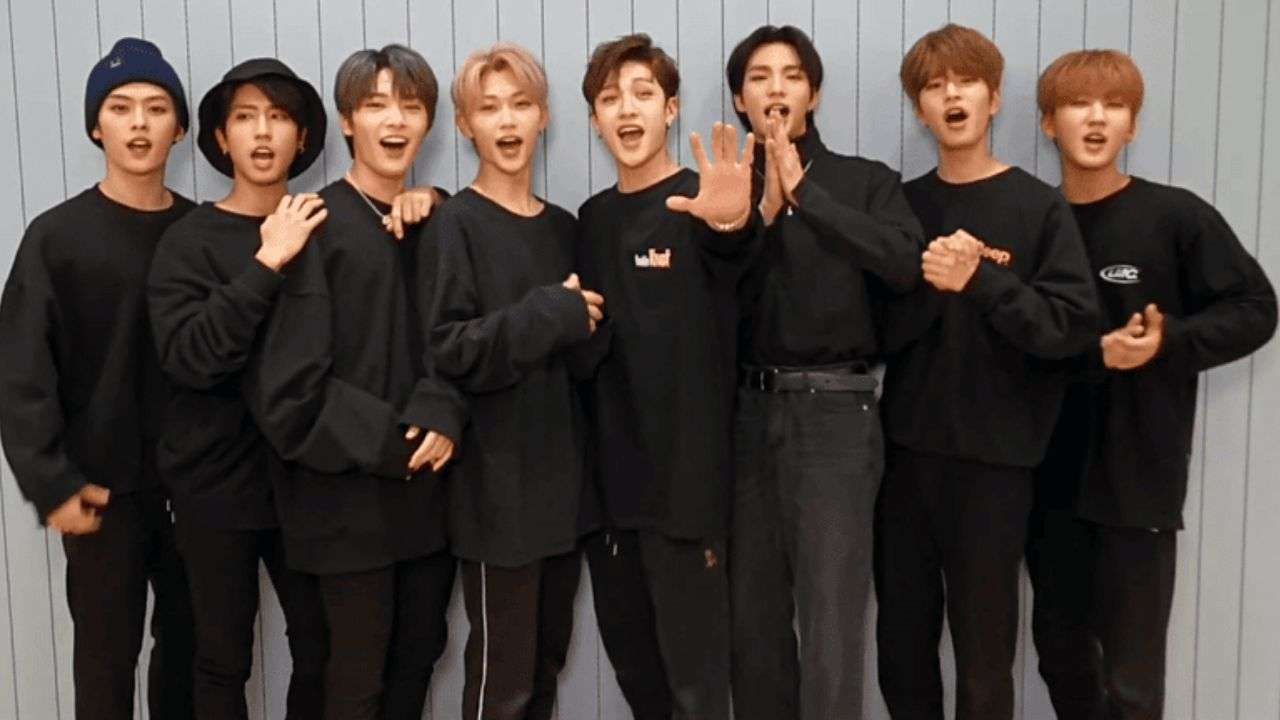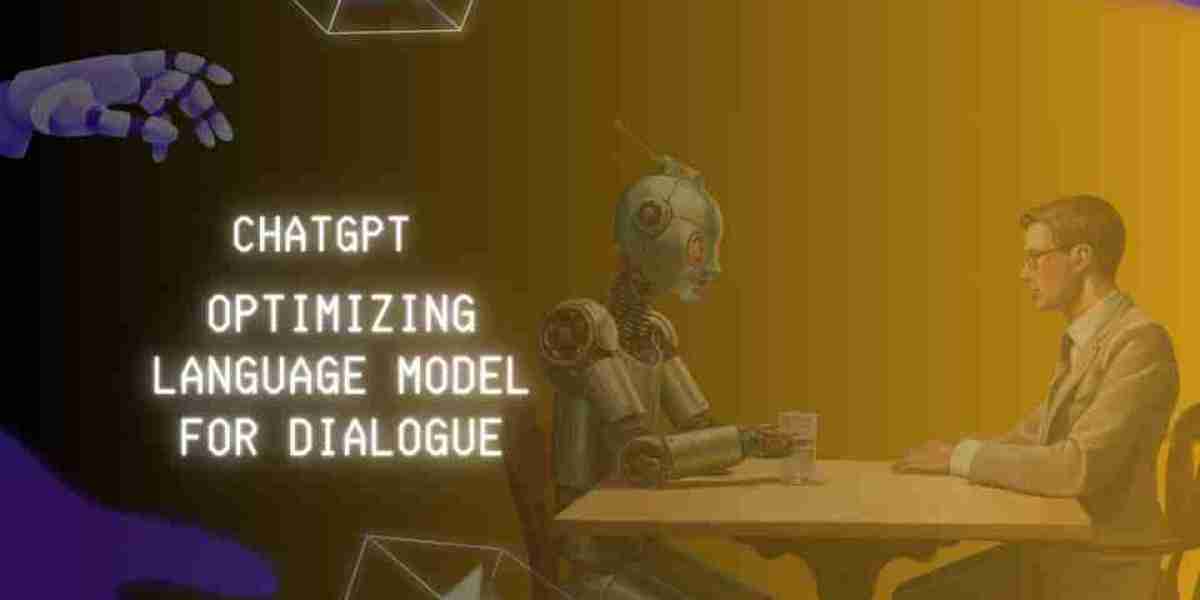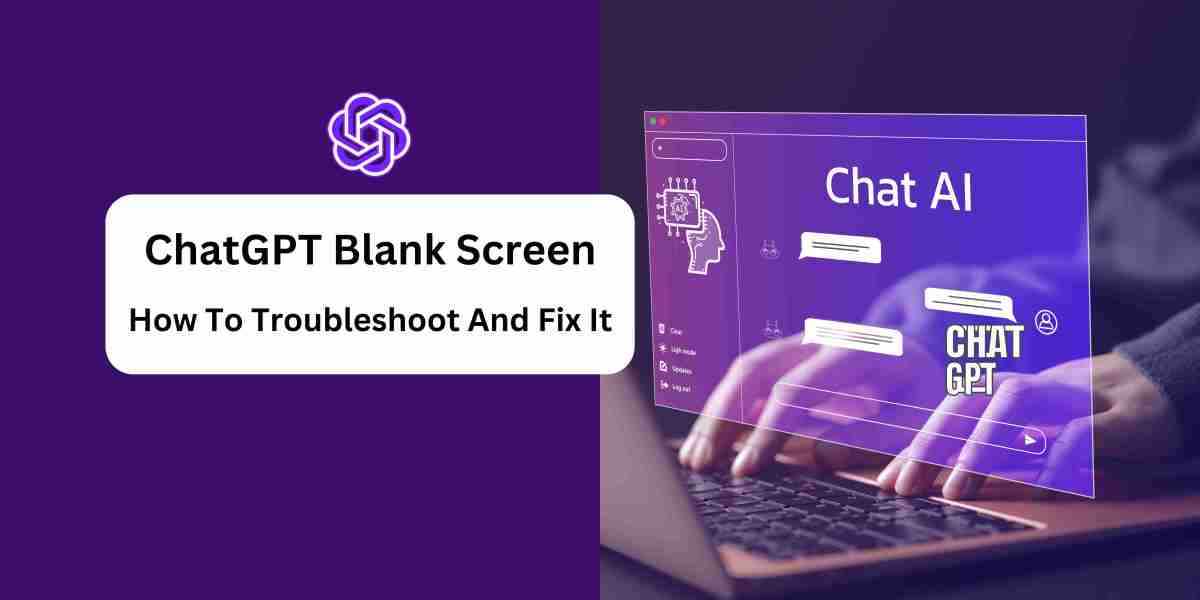In the cryptocurrency world, a non-fungible token (NFT) is a non-interchangeable unit of data that may be recorded on a blockchain, which is a type of digital ledger, and then sold and exchanged. There are several different types of NFT data units that may be connected with digital files such as photographs, videos, and audio. NFTs vary from other cryptocurrencies, such as Bitcoin, in that each token is individually identifiable, as opposed to fungible cryptocurrencies.
A public certificate of authenticity or evidence of ownership is claimed by NFT ledgers, however the legal rights given by an NFT are not always clear. Because NFTs do not impede the sharing or copying of the underlying digital files, the transfer of copyright for the digital files is not required. Additionally, NFTs do not hinder the production of new NFTs that include identical connected data from being created.
NFTs have been exploited as a speculative asset, and they have come under growing scrutiny due to the high energy costs and carbon footprint associated with confirming blockchain transactions, as well as their widespread usage in art frauds, among other things. The NFT market has been likened to a Ponzi scheme in certain quarters.
An NFT is a data unit that is recorded on a sort of digital ledger known as a blockchain and that may be bought, sold, and traded on the open market. When an NFT is connected with a specific digital or physical asset (such as a file or physical object), the asset may be used for a specific purpose and the NFT can be used to grant permission to use the asset for that purpose. Digital markets allow for the trading and selling of NFTs (as well as the corresponding license to use, copy, or display the underlying asset, if applicable). In most cases, the extralegal character of NFT trading results in an informal exchange of ownership over an item that lacks a legal foundation for enforcement and, as a result, is frequently worth nothing more than its usage as a status symbol in the eyes of others.
NFTs perform the same functions as cryptographic tokens, however, in contrast to cryptocurrencies such as Bitcoin or Ethereum, NFTs are not interchangeable with one another and, as a result, are not fungible. (While all bitcoins are equal in value, each NFT may represent a distinct underlying asset and, as a result, may have a different market capitalization.) In the case of blockchains, NFTs are generated when records carrying cryptographic hashes—sets of characters that uniquely identify a collection of data—are concatenated onto preceding records, resulting in a chain of identifiable data blocks. This cryptographic transaction procedure secures the authenticity of each digital file[clarification needed] by generating a digital signature that tracks the ownership of the NFTs in the transaction. It is possible that data linkages that are part of NFT records, such as those that lead to information about where the accompanying art is held, will be impacted by link rot.

NFTs have been used to exchange digital tokens that are linked to a digital file asset, such as a video or audio file. An NFT is frequently connected with a license to use a related digital asset, although it does not typically grant the buyer any copyright rights in the asset itself. Some agreements only give a license for personal, non-commercial use, whilst other licenses permit the usage of the underlying digital content for business purposes as well.
The creation of digital art is a typical use for NFTs. The public has paid close attention to high-profile auctions of non-fungible tokens (NFTs) tied to digital art. It was artist Pak's piece named Merge that was the most expensive NFT, fetching a total of US$91.8 million at the auction.
ERC-721 was the initial standard for expressing non-fungible digital assets on the Ethereum blockchain, and it continues to be the most widely used. Unlike other smart contract standards, ERC-721 is inheritable, which implies that developers may construct new ERC-721-compliant contracts by copying from an existing reference implementation. A unique identifier may be tracked down to its source with ERC-721's basic techniques, which also include a permissioned way[clarification needed] for the owner to transfer ownership of the asset to others.
The ERC-1155 standard provides "semi-fungibility," as well as functionality that is analogous to that of the ERC-721 standard (meaning that an ERC-721 asset can be built using ERC-1155). In contrast to ERC-721 tokens, which have a unique ID that represents a single asset, an ERC-1155 token's unique ID represents a class of assets, with an extra quantity field to show the amount of the class that a specific wallet possesses. Assets of the same class are interchangeable, and a user has the ability to transfer any number of assets to another user at any time.




